 Home
Home



Under construction

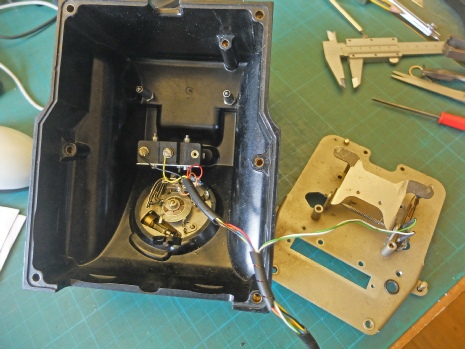
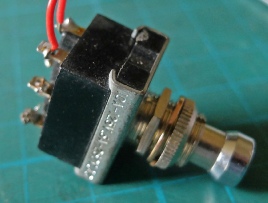
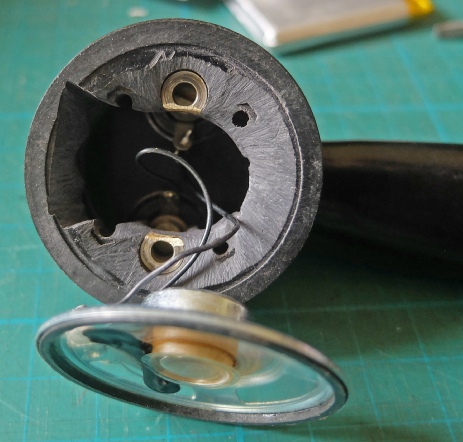
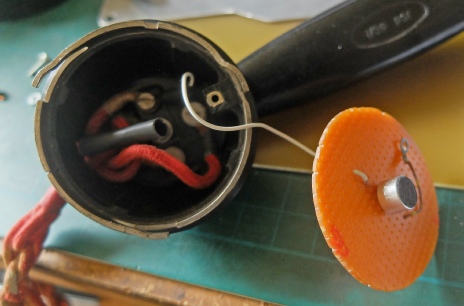
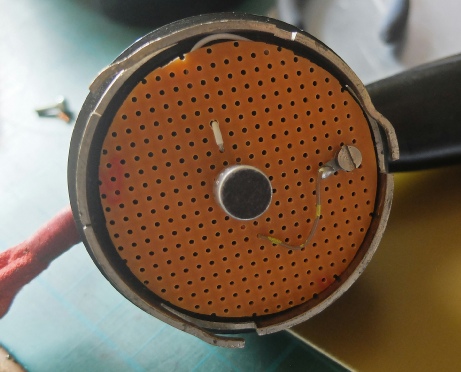
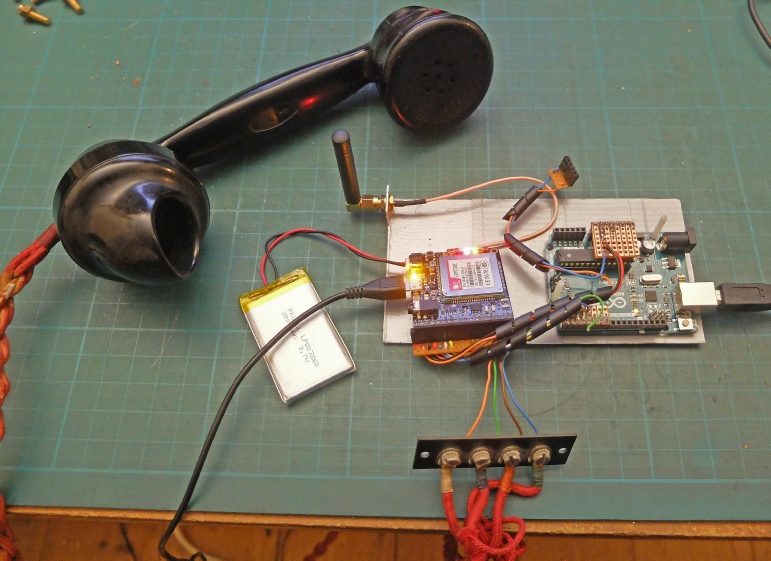
Developing the electronics and software for the new old phone part 2
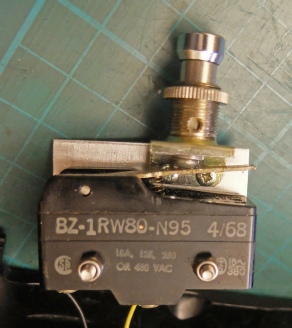
I needed a switch on the phone which, together with the existing hand set cradle switch, would supplement the dialler to enable the system to do a range of different things. One use would be to cause the number dialled to be transferred to the FONA module which would then call it.
I wanted a switch with an authentic period look and feel. I took a foot switch similar to the one shown on the left and removed and discarded the switch mechanism but keeping the button. I then grafted on an old microswitch as shown on the right.
Left shows the switch installed in the phone. To the right of the phone is the handset cradle switch mechanism.
I rather roughly gouged out a recess in the earpiece big enough to accommodate a 50 mm speaker (from Maplin).
At the mouthpiece end, I soldered an electret microphone onto a piece of stripboard and connected it to the terminals for the handset cable.
The cable originally on the handset was three core. Since the ground or negative connections to the microphone and speaker don’t appear to be common, a four-
Left: the handset, FONA and Arduino connected together for testing.


I think the antenna works best if it is fitted on a horizontal sheet of metal known as a “ground plane”. This temporary setup is insulated from the electronics with gaffer tape.

I tested the above arrangement with software which amounts to stripped down version of the Adafruit FONAtest Arduino program combined withmy routines which enable the Arduino to interact with the old phone’s hardware.
A PDF of the software can be downloaded from here.
The system works OK. However, there is no dialling tone, for example, when the handset is picked up. Some audio feedback is necessary to make it obvious that the system is live. I can’t see any way to make the FONA do this, so I will probably need the Adafruit Music Maker to play back audio cues at the right time. This will require a conversion from the Arduino to the Mega as the Arduino doesn’t have enough pins and memory to do the job.
Conversion to the Mega is described next…
(The connections to the dial mechanism and switches on the main body of the phone are not shown.)